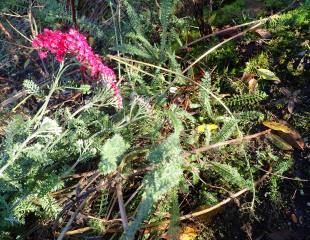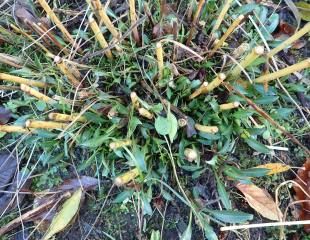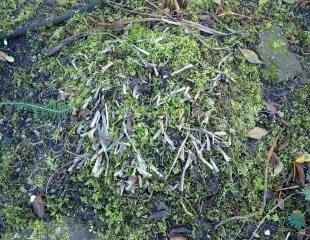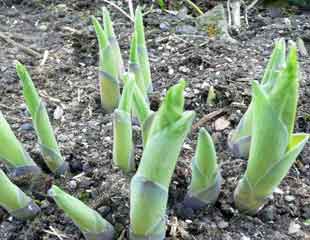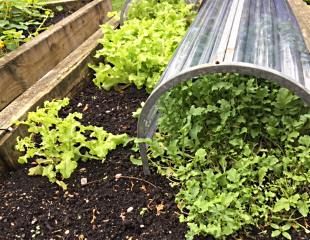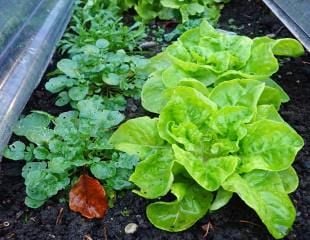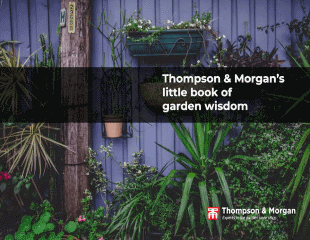Beginners Gardening Tips - Easy to grow plants Geraniums and great plant offer
Posted on
|
As a new gardener, it is good to start with plants which are easy to grow. These are plants which are reliable, tolerant of most growing conditions, flower each year and tough, but also attractive and great garden stalwarts. Geraniums fall into that category. This type of Geranium is not the summer bedding variety but the hardy Geranium whose common name is Cranesbill. A really diverse group of plants about 300 different types and they can be both perennial and herbaceous. They are long lived and undemanding and you can plant them anywhere in a garden except a bog garden. Geraniums have flowers which are white, purple, blue and pink and some have contrasting veins within the inner flower. Geraniums come in all different sizes from small compact varieties which make a matt and are good ground cover to those which grow up to 60 cms (24") and they blend so well with other plants. The images below show how very attractive Geraniums are and I always have about a dozen dotted around the borders in my garden, they are so reliable. Advice and tips on how to Grow Geraniums Many Geraniums are blue and if you are interested in creating a wildlife friendly garden, one thing is sure Bees Love Blue- check out a bee filled summer day video showing just how much Bees love blue. |

